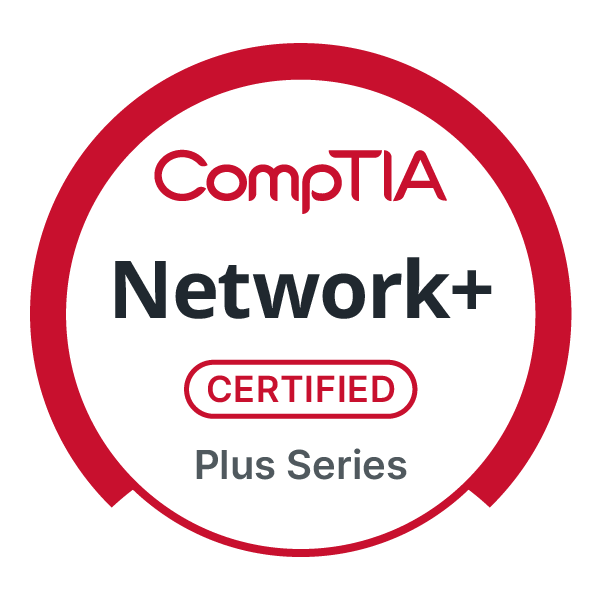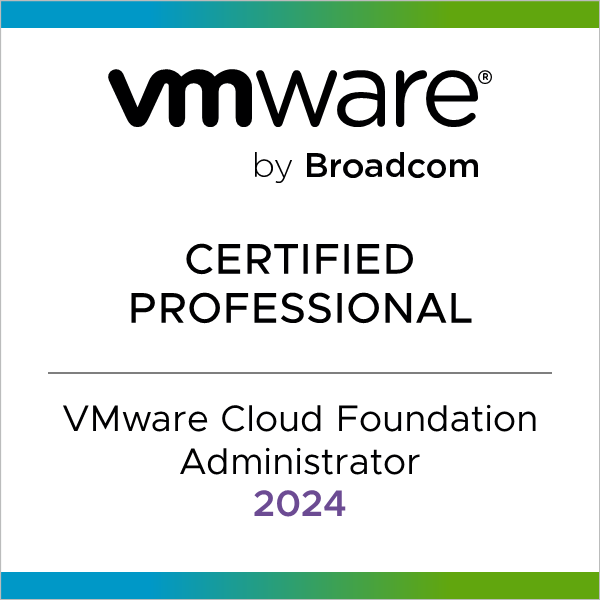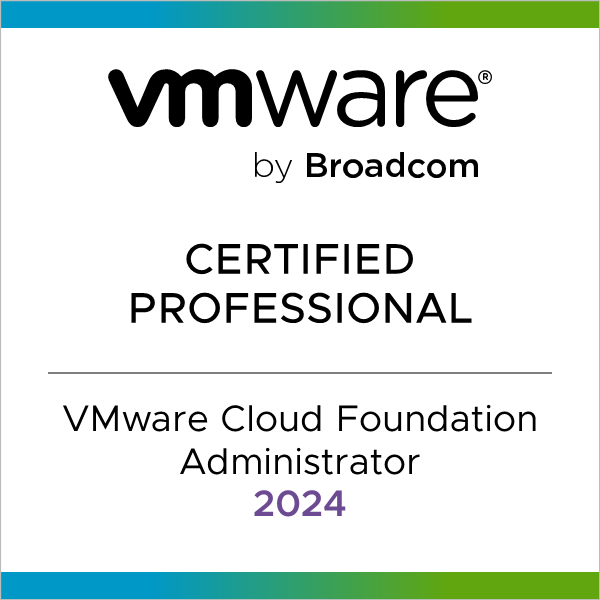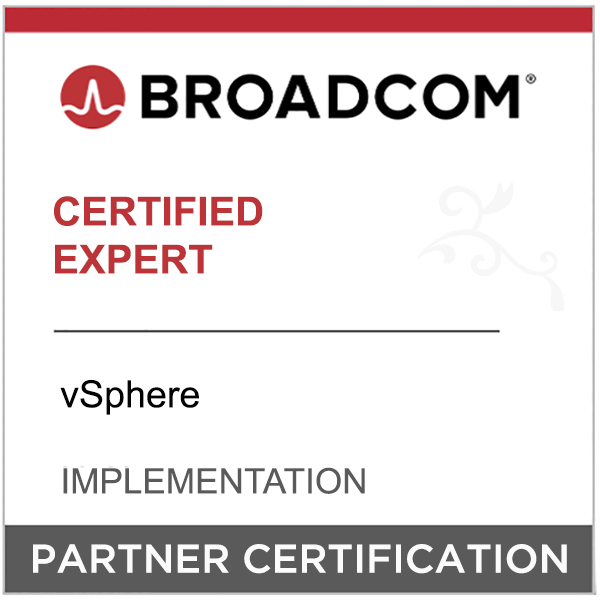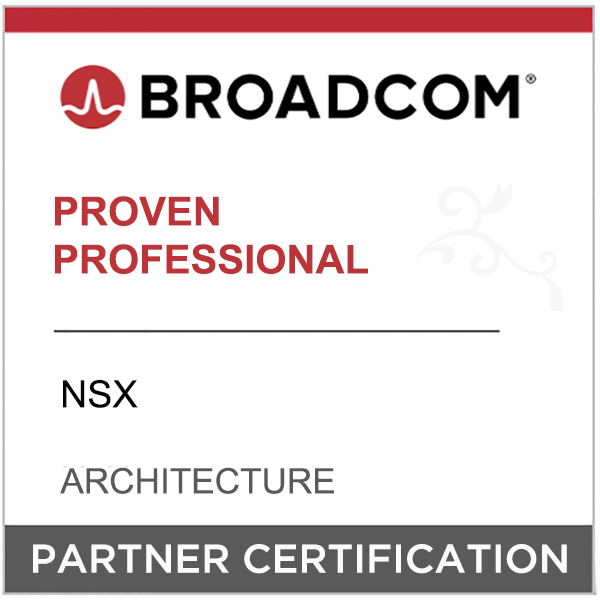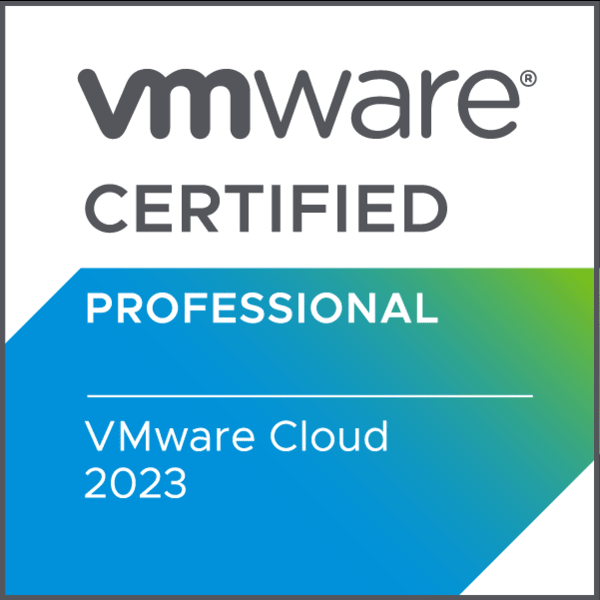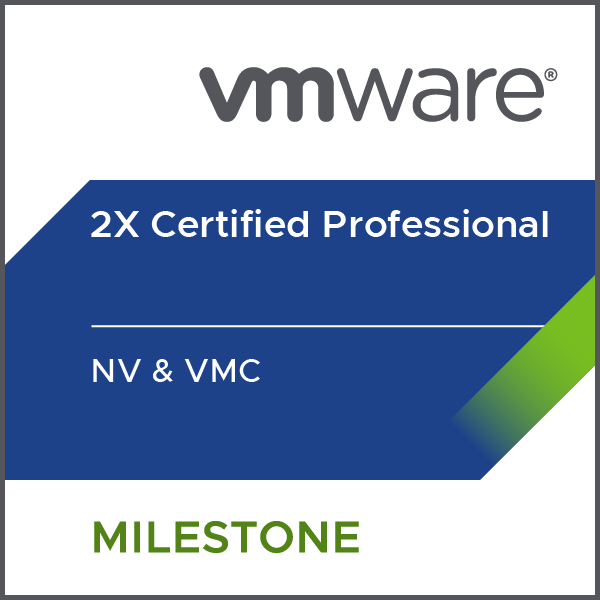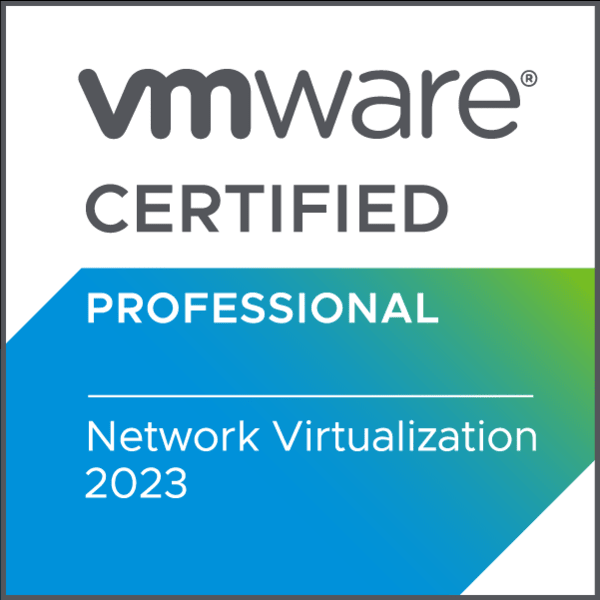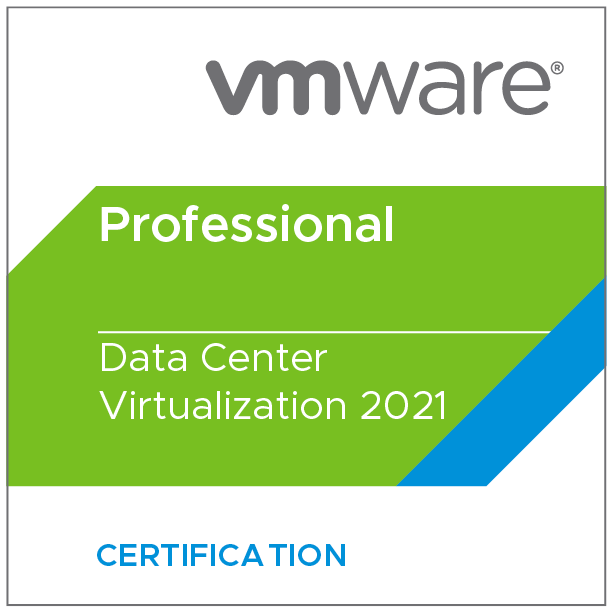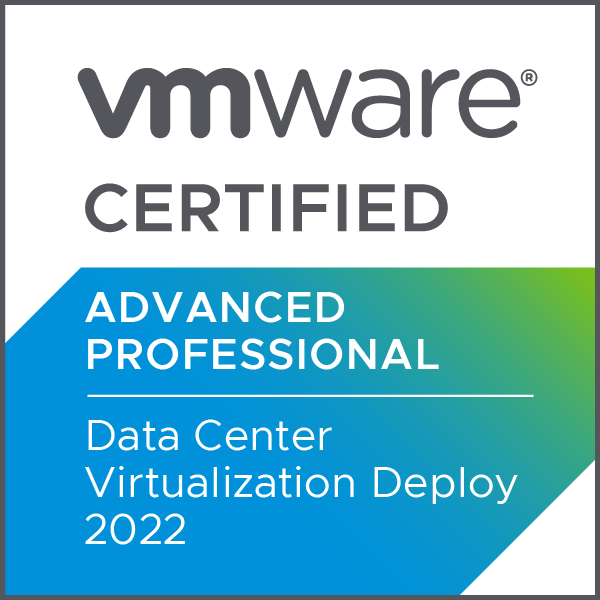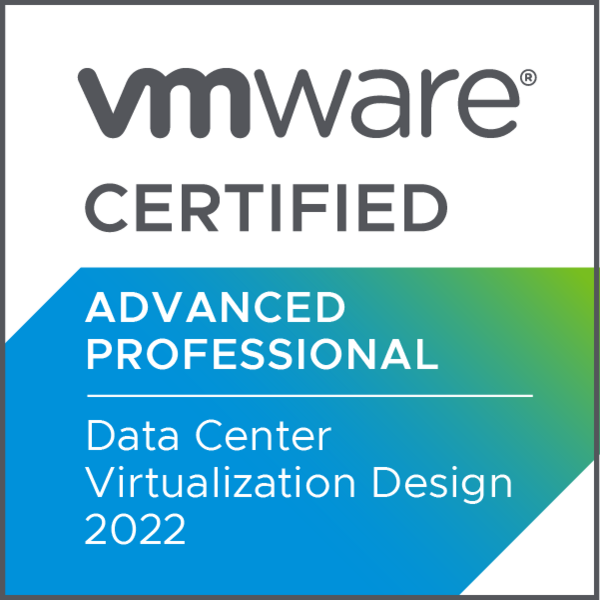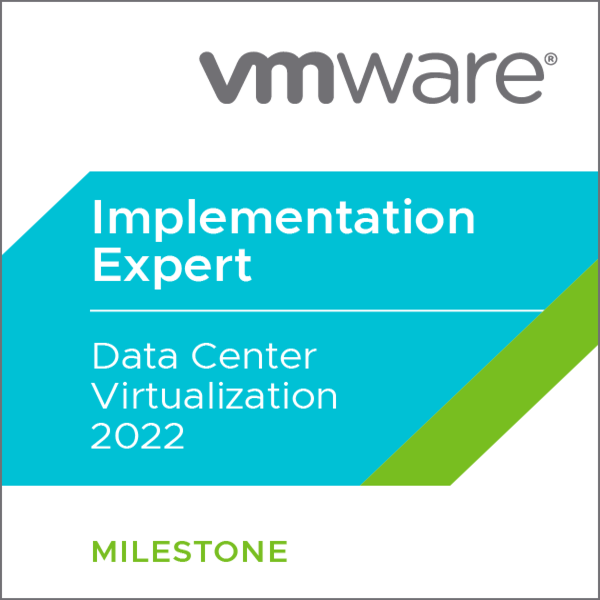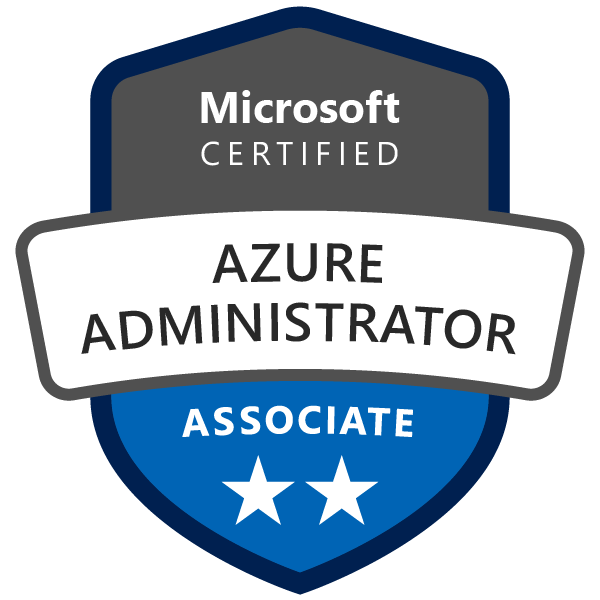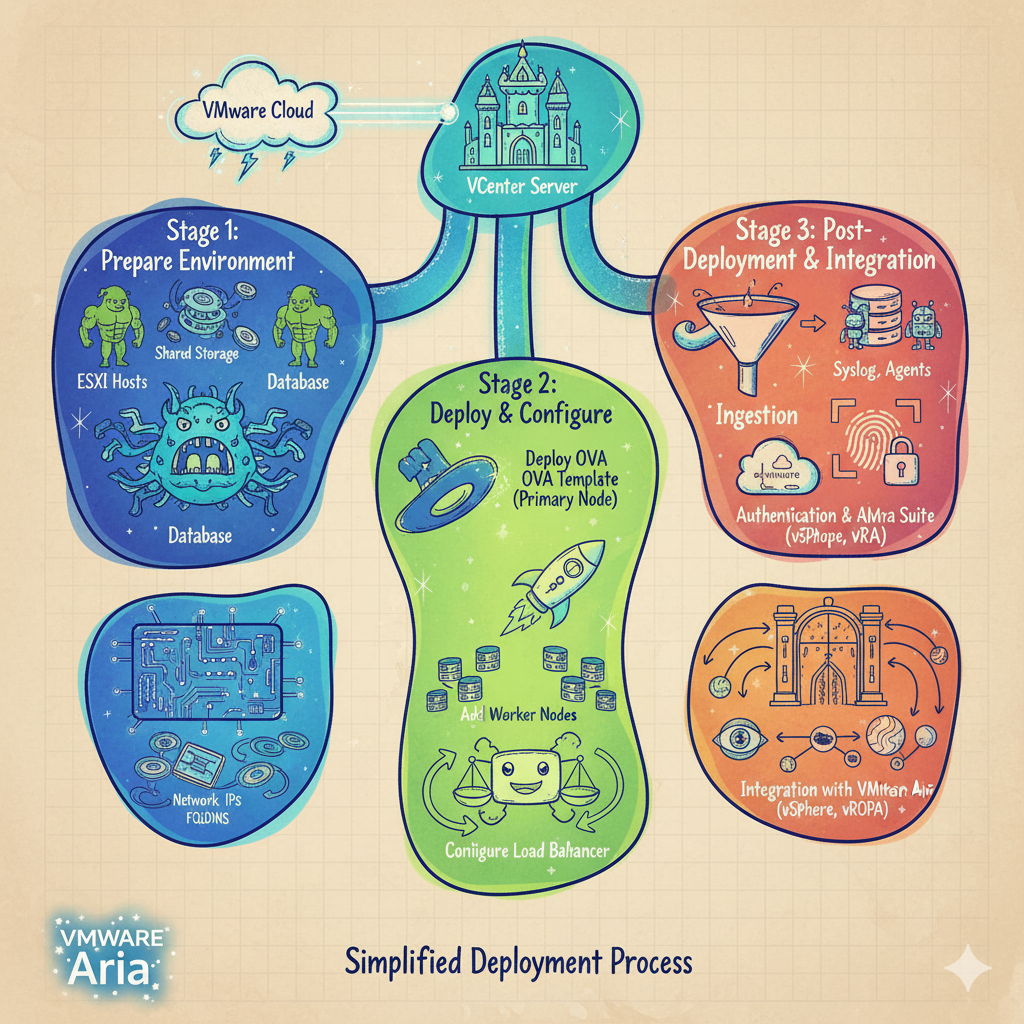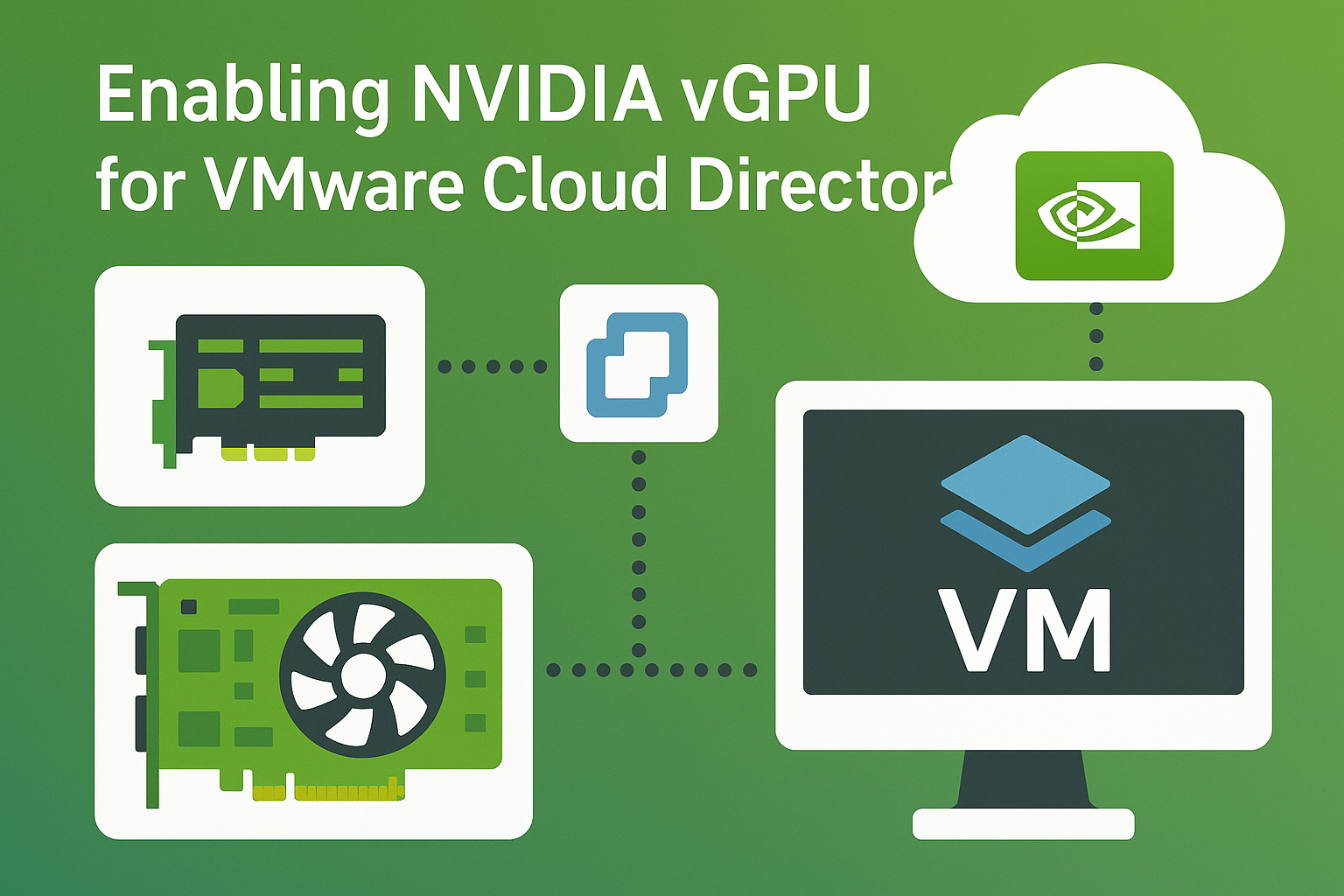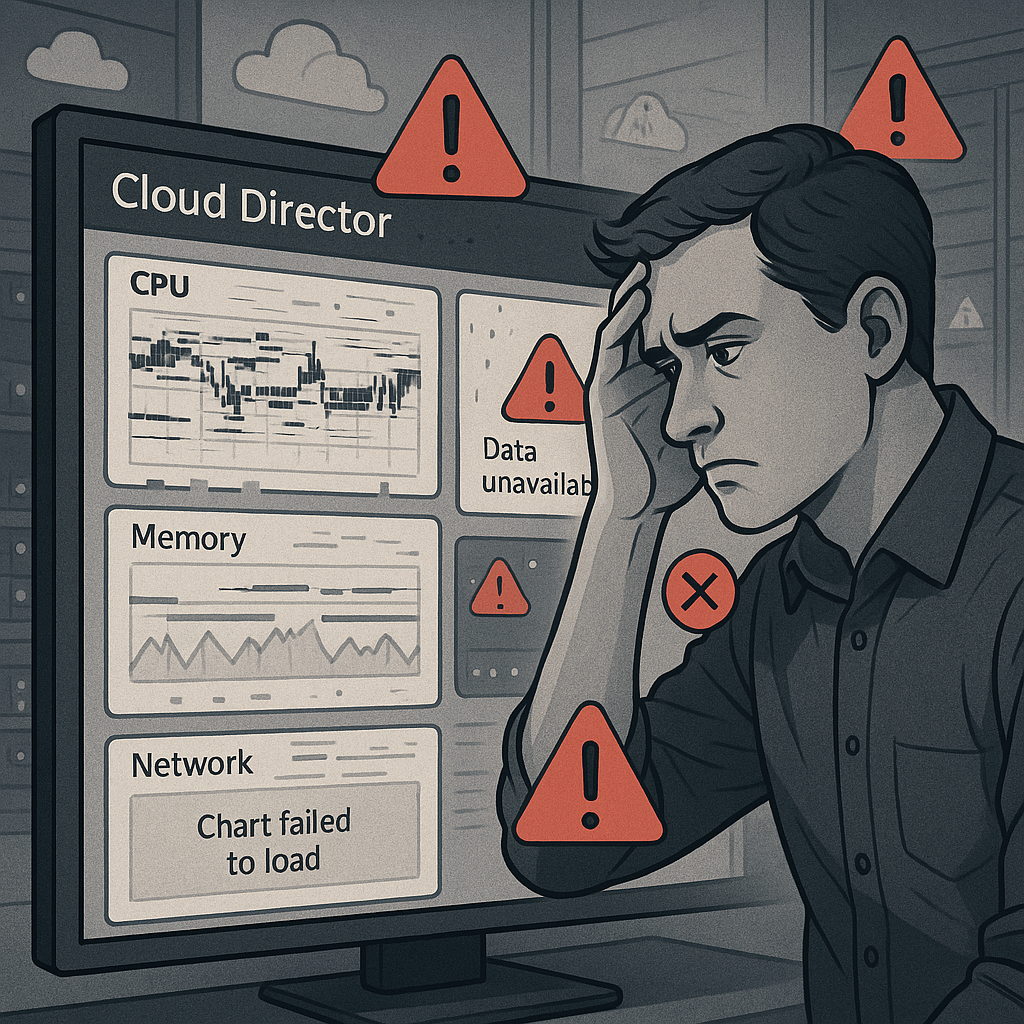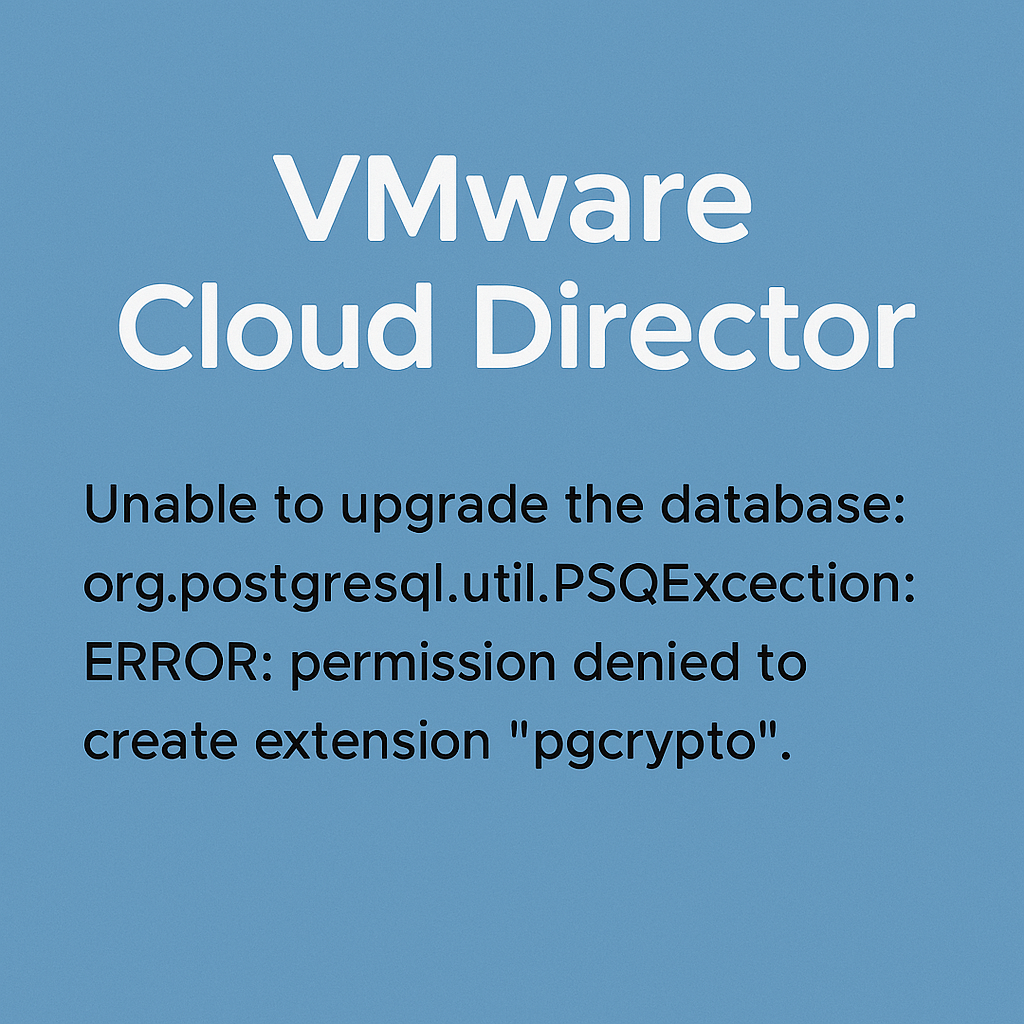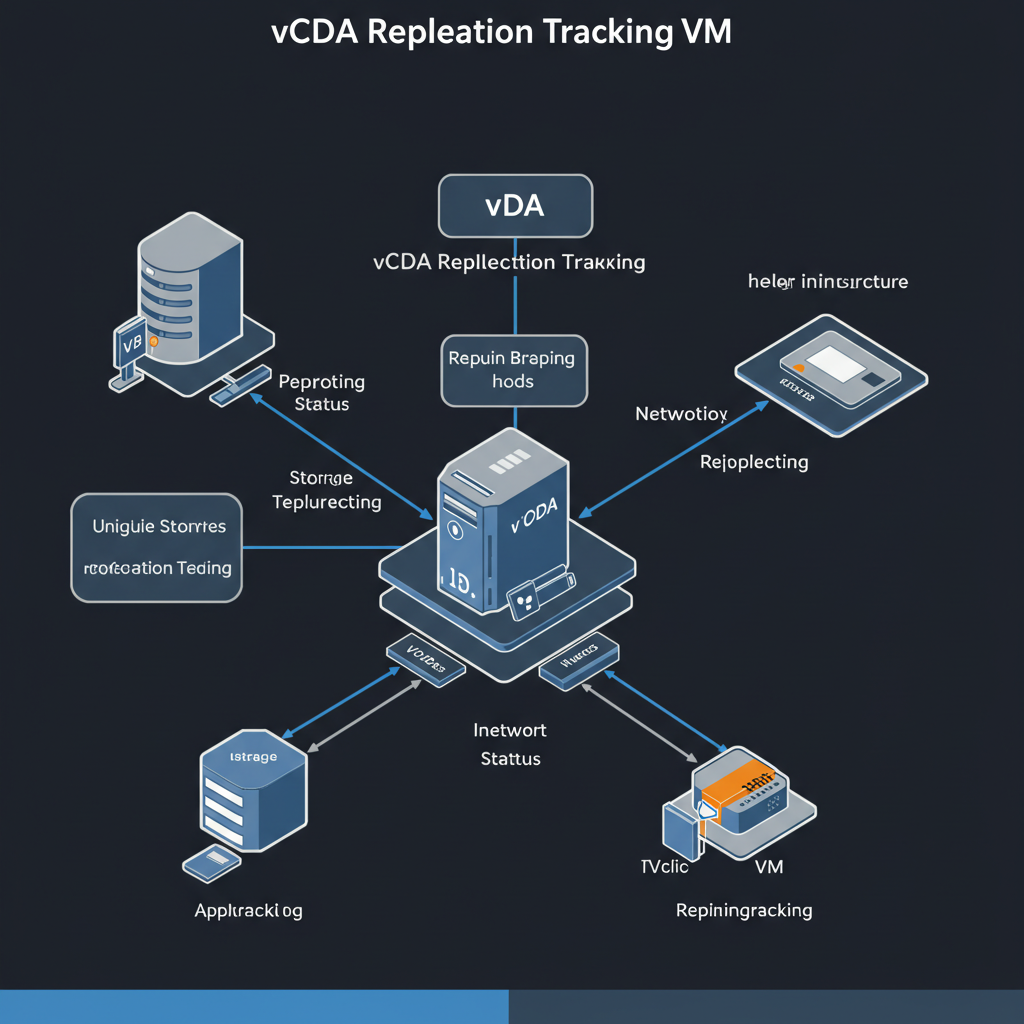The actual exam was very challenging. I can’t emphasize the importance of understanding each objective. There are some that say it’s not required but the reality is if CompTIA listed topics on the objectives there is a strong possibility that it would be on the exam.
To pass the CompTIA Network+ exam, create a study plan that includes a three-phase approach of building foundation, learning, and polishing, focusing on understanding core concepts and practicing performance-based questions (PBQs).
1. Build foundation and get an overview
- Watch video courses like Professor Messer’s or Mike Meyers’ on Udemy to get a broad understanding of the topics and familiar with the exam objectives.
- Review the official CompTIA exam objectives to understand the scope of the exam.
https://www.comptia.org/en/certifications/network
2. Learn and take notes
- Go through the video courses a second time, this time taking detailed notes on memorization-heavy topics like port numbers, 802.11 standards, and CLI commands.
- Use flashcards to practice and memorize key concepts.
- Focus on understanding foundational concepts like the OSI model, network topologies, and how data is encapsulated and de-encapsulated.
3. Practice, practice, practice
- Take a large volume of practice tests to identify your weak areas. Aim for scores in the mid-80s on practice tests before sitting for the real exam.
- Practice performance-based questions (PBQs) to prepare for the simulator-style questions that carry significant weight.
- When taking practice tests, review the explanations for both correct and incorrect answers to deepen your understanding.
- If you find yourself struggling with a specific topic, like subnetting, find a dedicated resource to practice it until you master it.
Jason Dion’s 6 practice exams and course. These exams are perfect. They are harder than the actual CompTIA Network+. This course addresses each objective along with simulations to assist in better understanding the material.
Practice tests I enjoyed these because he provides students with 6 different timed exams. The questions are closely worded to those that are on the exam . The best part? Once you complete an exam you have the opportunity to review all of your responses. If a response is wrong a complete explanation is provided along with the correct answer.
https://www.udemy.com/course/comptia-network-n10-009-6-practice-exams-and-pbqs-set-1
Subnetting – I have yet to meet a person who did not have difficulty on this topic. It’s difficult but with enough hands on practice it is easy to understand.
4. During the exam
- Use the process of elimination to narrow down choices for multiple-choice questions.
- For performance-based questions, apply your knowledge of network topologies and routing, as these can be time-consuming.
Flag and skip the PBQs and difficult questions until you’ve completed the test. You don’t want to use all of your time attempting these questions in the beginning. This could leave you to rush with little time to complete the rest of the exam.
READ through each question. I cannot stress this enough! There were many “trick” questions that asked for the best answer with all of the options potentially being correct.
DO NOT RUSH !
Lastly, studying for any exam can become incredibly stressful. It is important to remember to take some time off to focus on your mental health.
